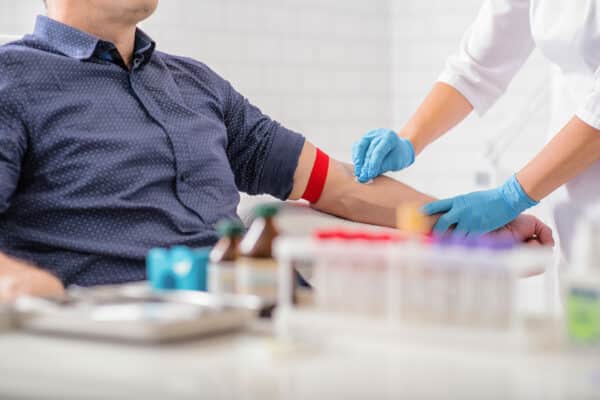What should the water temperature be in domiciliary care and who is responsible for checking it?
This is not something that is easily managed within domiciliary care, as each property is so vastly different and ultimately the upkeep of the property lies with the proprietor. However, there are still some good safety tips that you can implement as a provider or care worker.
When bathing, it is a good idea to issue bath thermometers or request that, for their safety, the service user provides a bath thermometer. According to HSE the safe temperature for bathing is under 44C.
For showers, the carer should use a thermometer where possible, or test the water with their elbow.
If there are concerns surrounding water coming out of the tap too hot, or not enough hot water, speak to the service user or their advocate (with consent and if applicable). Some properties are very old, and they may need their water system looked at by a professional.
Ensure that you risk assess this aspect of care provision when you complete your initial assessment with the service user and make sure that it is documented clearly for staff to refer to.
Ask the Care Specialists
"*" indicates required fields







